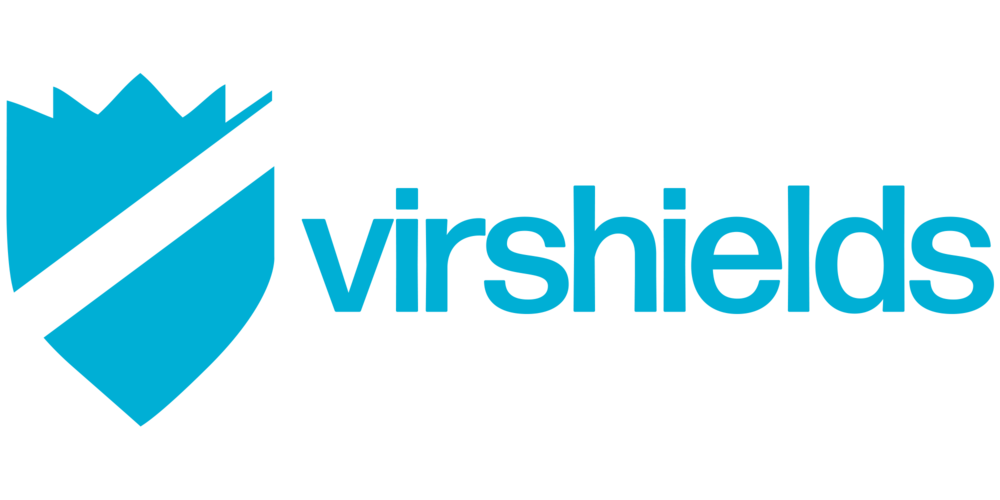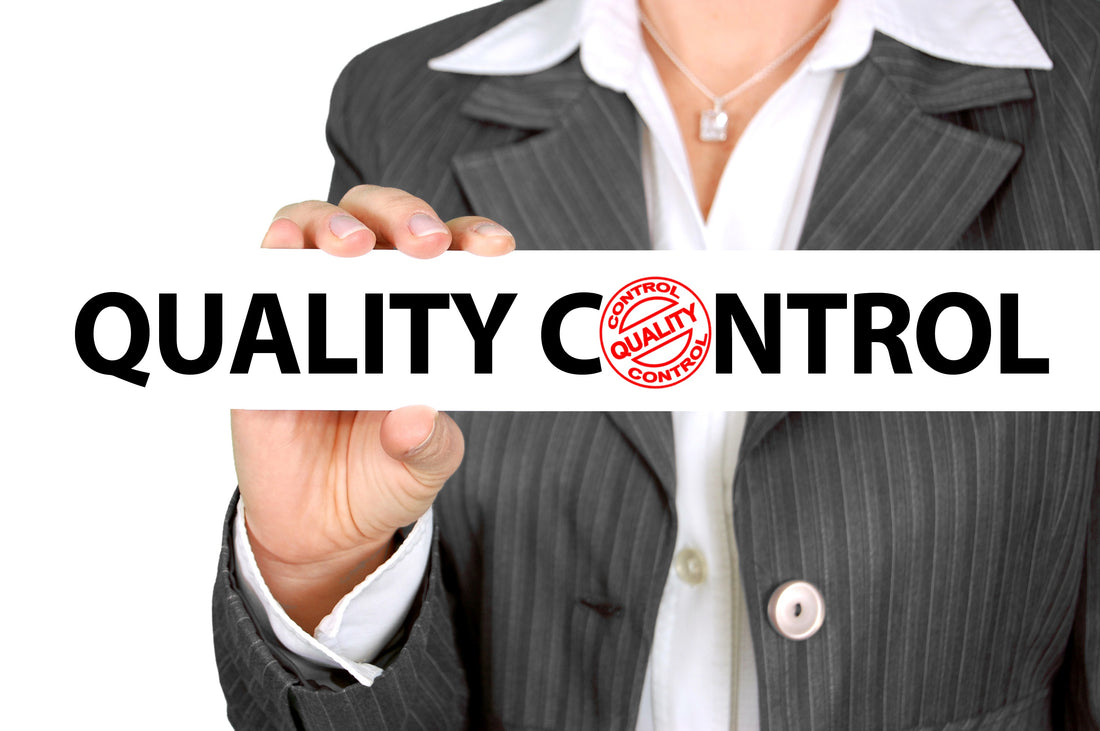Medical protective masks are subject to legal regulations in both production and distribution. The specifications are laid down in standards or certifications. This means additional work for the manufacturer but guarantees safe products for the user.
In the European Union as well as in many other countries, medical protective masks must comply with certain standards. Basically, a distinction is made between medical face masks type II / IIR according to EN 14683 + AC:2019 and particle filtering half masks (FFP) according to EN 149:2001+A1:2009. The two mask types have been developed for completely different areas of application.
Where do the standards come from?
The standards valid for Europe originate in the "Comité Européen de Normalisation" (CEN). It is an association of 30 national standardisation offices of the European Economic Community and the European Free Trade Association (EFTA). In addition, the committee has 9 associate and advisory members. The committee develops common standards and monitors their implementation. The private, non-profit organisation based in Brussels was founded in 1961. The aim is to reduce intra-European trade barriers and increase the safety and quality of goods through unified standards. In addition, the standards are intended to facilitate comparability of products from different member states.
The standards adopted by majority vote are binding for all members and must be implemented in national standards. This is done by the national members, such as the German Institute for Standardisation (DIN).
FFP protective masks
Particle filtering half masks, commonly known as FFP (Filtering Face Pieces) masks, protect the wearer from dangerous particles such as wood dust and aerosols. The requirements and test methods for filtering half masks are specified in EN 149, with EN 149:2001+A1:2009 applying to medical FFP masks. This type of mask is used, for example, in hospitals for the treatment of Corona patients.
The standard distinguishes between device classes FFP1, FFP2 and FFP3, depending on the retention capacity of the particle filter. A tight-fitting FFP2 mask is currently considered to provide suitable protection against infectious aerosols, including viruses, in the context of the ongoing pandemic situation. Masks with an exhalation valve also serve to protect third parties, as not only the inhaled air but also the exhaled air is effectively filtered.
FFP1 masks filter 80 percent of the pollutants in the air we breathe. These are comparable to the popular fabric masks. Such masks are a good choice for people with allergies, but do not hold up as protection against the Corona viruses, for example.
FFP2 masks filter 95 percent of pollutants and aerosols.
FFP3 masks filter up to 99 percent of pollutants and aerosols.
For a respirator to bear the CE mark and the FFP2 or FFP3 designation, it must meet the test specifications of the European standard EN 149:2001+A1:2009. The underlying standard EN 149:2001 from August 2009 was supplemented in 2009 as the test procedure was changed. Masks of the FFP1 type are not certified.
According to EN149:2001, FFP masks are sprayed with aerosols in a test chamber. After 3 minutes, the passage of the test aerosols is measured. This test determines the deterioration of the mask’s filtering performance.
With the addition A1:2009, the test method of the barrier effect of the filter medium was tightened to ensure a more precise evaluation of the mask quality. At the same time, CEN has specified the service life of the particle-filtering half masks. As a rule, the masks are designed for one work shift. For example, doctors or nursing staff must change them after one work shift at the latest. Such masks bear an "NR" (non reusable) in the article designation after the code number for the protection level. "R" marks reusable products. Due to the complex cleaning procedures, it is generally easier, although not more ecological, to use non-reusable masks.
How can I recognise masks manufactured and certified in the EU?
Whether FFP masks have been manufactured and tested according to EN 149:2001+A1:2009 can be determined by the following criteria:
Is the labeling on the product complete?
- Origin: Are the manufacturer and product designations available, including a complete address? Until now, many manufacturers have neglected to provide their address. The certification bodies are now paying more attention to the presence of the complete manufacturer's address.
- Applied standard: Is the standard EN 149:2001+A1:2009 applicable to the country of origin?
- Protection class: Which one is indicated? Does it match the intended use?
Code of the inspection body: Does the label contain the four-digit number of the inspection body? There are also products without a number of the testing body, if the manufacturer himself has tested the conformity with the standard. - Does the inspection body exist: On this list of the European Commission the identification numbers of the inspection bodies are listed ("Notified Bodies NANDO").
- Shelf life (optional on the mask): has the shelf life not been exceeded?
Medical face mask
Since the beginning of the Corona pandemic, this type of mask has enjoyed great popularity. The face mask is easy to handle and has a relatively low breathing resistance, which makes it comfortable to wear. However, it does not provide security against the transmission of viruses.
This medical face mask was developed for clinical use. It is intended to prevent the transmission of infectious germs from staff to patients during surgical procedures. Set out in EN 14683:2019+AC:2019, a medical face mask with a suitable microbiological barrier can be equally effective in terms of reducing secretions of infectious germs from the mouth and nose of an asymptomatic wearer or a patient with clinical symptoms.
Is the labeling on the product complete?
- Origin: Are the manufacturer and product designations present?
- Applied standard: Is the standard EN 149:2001+A1:2009 applicable to the country of origin printed?
- Protection class: Which one is indicated? Does it fit the intended use?
- Does the testing body exist: Medical masks are notified to the national authority according to the Medical Device Regulation. After that, the CE mark can be applied without number.
- Shelf life (optional on the mask): Is the shelf life not exceeded?

